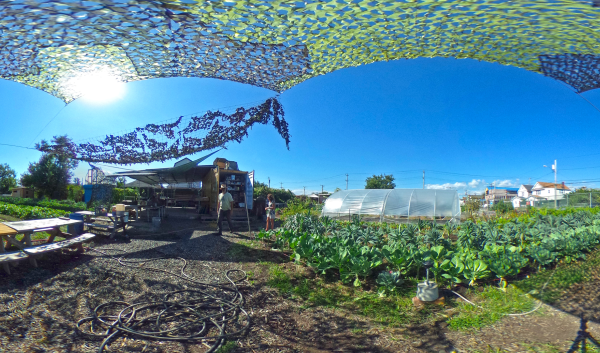Pests & Disease
Weeds, insects, and diseases already have large negative impacts on our natural resources (agricultural lands/livestock, forests, recreational areas) and human health. There is mounting evidence that climate change will exacerbate these negative impacts. Ongoing increases in temperature and changes in precipitation patterns will induce new conditions that will affect insect populations, incidence of pathogens, and the geographic distribution of insects, weeds and diseases. Elevated CO2 boosts weed growth, adding to the potential for increased competition between crops and weeds. Projected increases in the frequency and severity of drought events will likely result in greater tree mortality from insects as water stress reduces a tree’s ability to defend again boring insects. Climate change is also expected to affect the geographical distribution and incidence of vector-borne diseases in the United States including increased risk of Lyme disease. Given the economic, ecological, and public health impacts of these pests, further research is needed to better understand the interactions among climate change, land-use patterns, and pest impacts and how best to mitigate the negative impacts.





